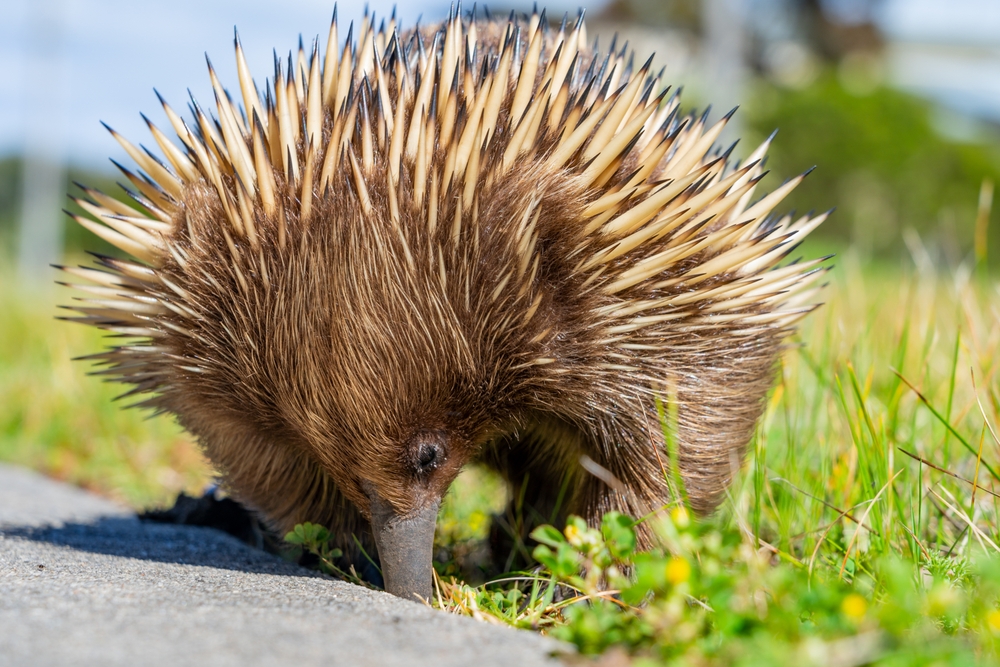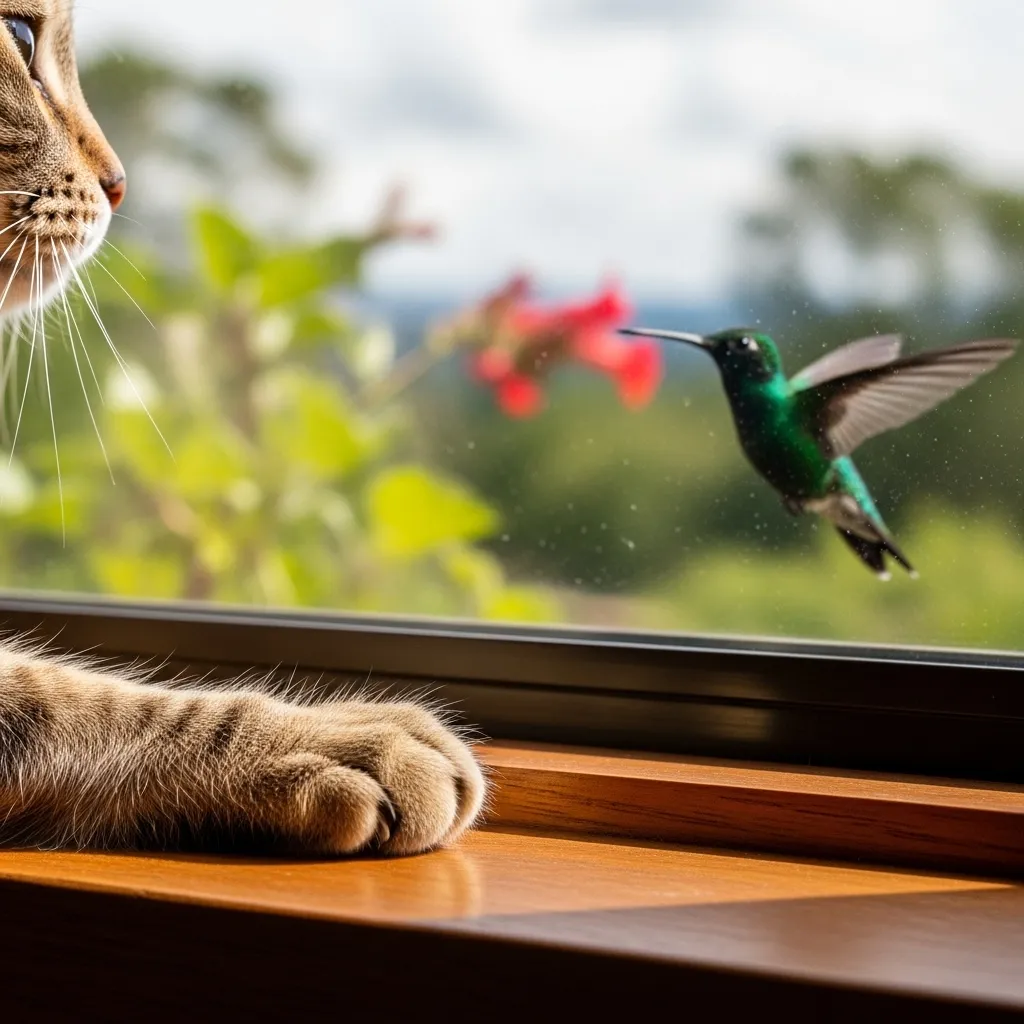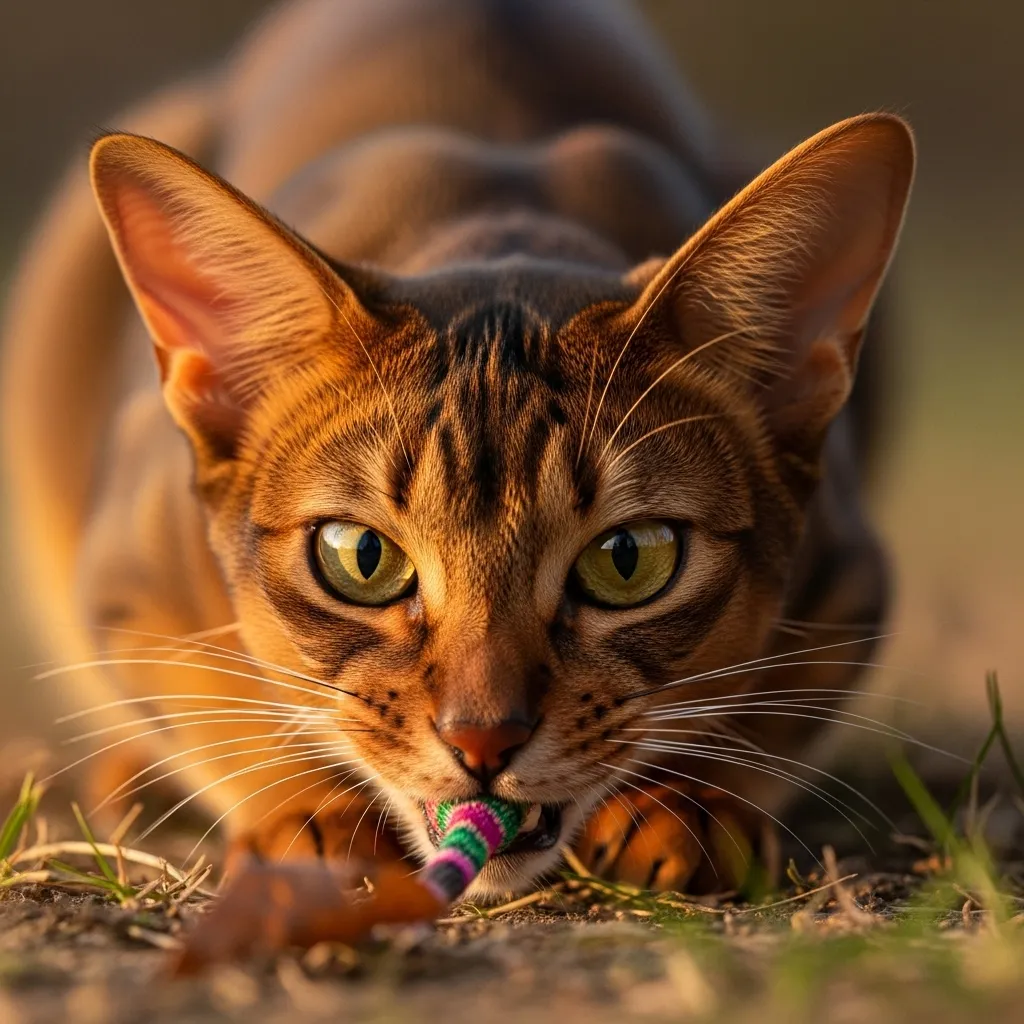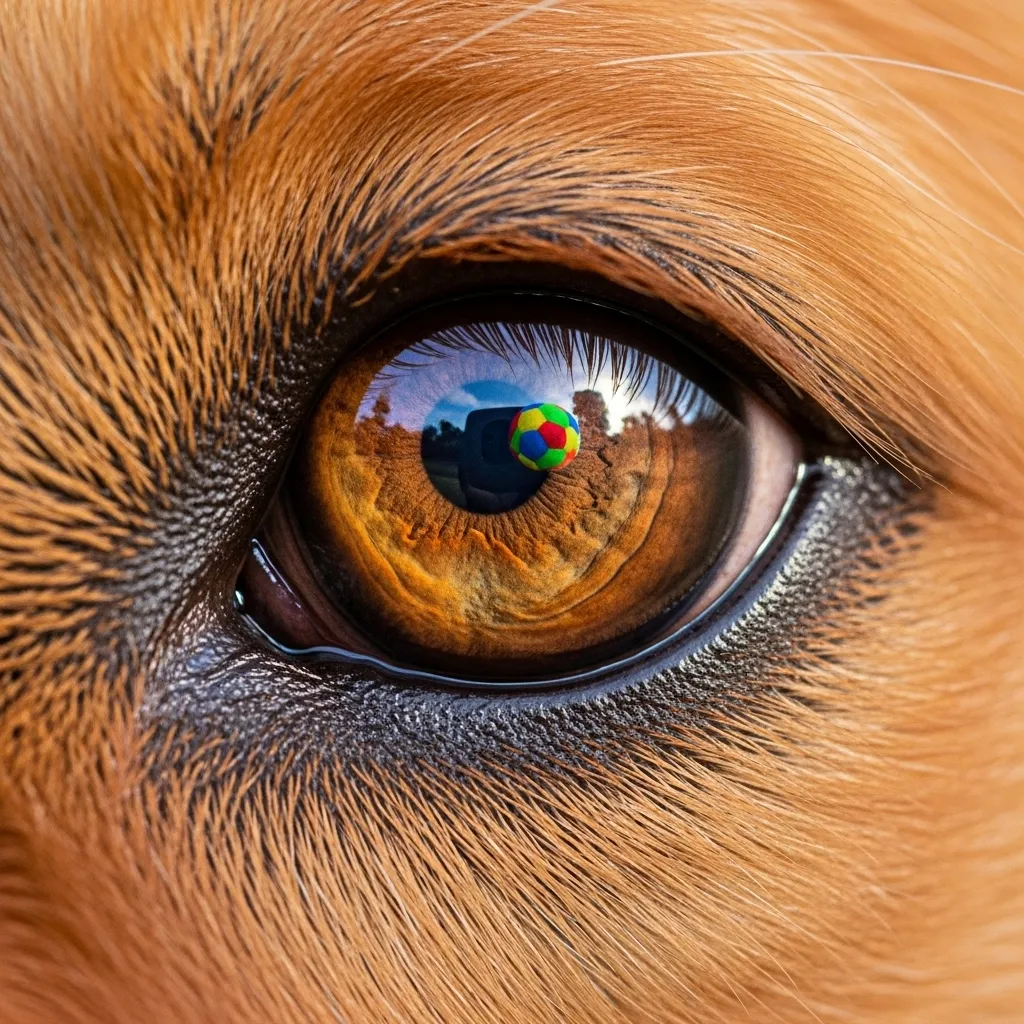
5. Sir David’s Long-Beaked Echidna
If you like watching nature documentaries, you definitely know Sir David Attenborough. He had written and narrated documentaries for decades, and we are sure that you know his voice. Now, we have to tell you that this species of echidna is named after the famous historian and naturalist.
This is the smallest echidna in the world, and besides that, it is also the most elusive and rare one. Because of this, scientists don’t have too much information about them, and it is one of the main subjects and interests of wildlife enthusiasts and biologists.
The main characteristic of this echidna that also distinguishes it from other species is its long and thin snout. It uses its long snout to probe the forest for small animals and insects. Its body is covered in spikes, and it has strong claws.
As with other mammals that lay eggs, the Sir David’s Long-Beaked Echidna can be found in New Guinea. More than that, it is a vulnerable species, as it is listed by the International Union for Conservation of Nature (IUCN).
Here are some fun facts about mammals that lay eggs:
- They have slower metabolic rates than most other mammals;
- Monotremes are electroreceptive. This is the capacity to detect electrical stimulation in the body. Sharks can do the same;
- Mammals that lay eggs have no nipples. They produce milk from their skin’s mammary glands.
You should also read: Ocean Giants: The 8 Largest Sea Creatures in the World














